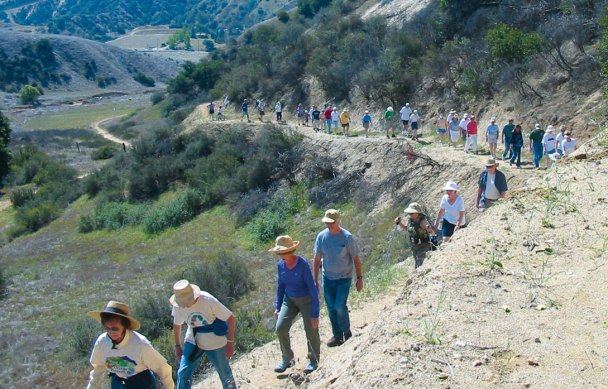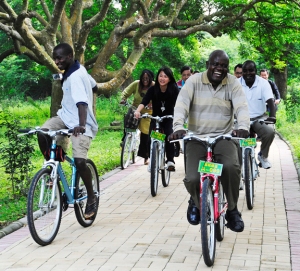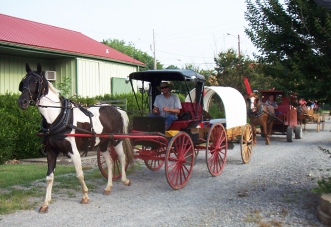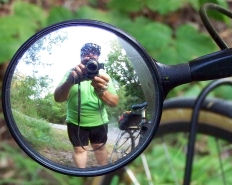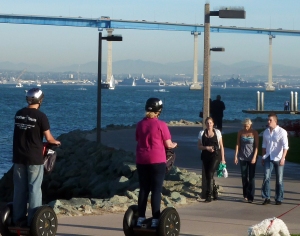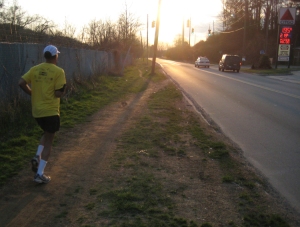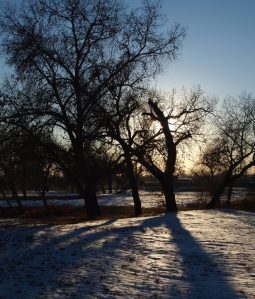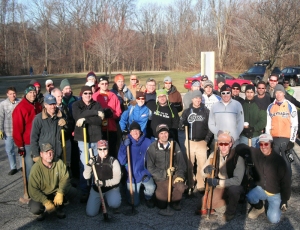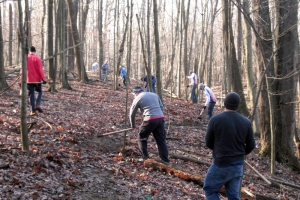By Roger Bell
The Redlands Conservancy recently held the first of this spring’s “Trails at Ten” events. Over 100 people, including a lot of kids, attended to learn more about the flora and fauna of Oakmont Park and Trail, hear about the importance of “leave no trace” from an Eagle Scout, and to hike several miles on a beautiful day in a scenic, preserved environment.
It was a special day indeed. As a Board member of the Conservancy and one of the founders of the Redlands Sustainability Network, I came back from the event asking myself a pertinent question: just how do our trails and open spaces contribute to sustainability?
Land Conservation is one of the topic groups created by our Network and that group, headed up by Sherli Leonard, has offered up a number of key ideas, which will be written about in a future article in this series. The Emerald Necklace concept, envisioned as a greenbelt around the City of open spaces and connecting trails, has been one strong focus of the Conservancy and something fondly endorsed by our citizens.
Studies have shown that getting into the natural environment in a convenient way nearby where one lives contributes to community health by offering a recreational opportunity, tends to reduce what Richard Louv has called “nature deficit disorder” (Last Child in the Woods), and builds a sense of stewardship in which citizens want to preserve special places where nature is celebrated. That commitment helps create an ethos of sustainability, pride in our special character, so Redlands doesn’t just meld into surrounding communities where the automobile is king, development overrides quality of life, and a sense of place is diminished.
As a retired trailbuilder, I know the value of creating pathways that lie gentle on the land, are built in such a way as to reduce erosion by providing good drainage and keeping grades less than 10% so they are fun to use and don’t degrade the land. It is also important to build and interpret trails such that endangered plants are protected, wildlife is not disturbed, and where the opportunity for aesthetic appreciation and historical connections are highlighted.
Too often we have allowed urban sprawl to squander open spaces in the short-sighted rush to develop and expand housing into pristine hillsides. I like the Oakmont approach where, even in a hillside community, the houses are clustered rather than made into large scale properties that fence off and privatize all the land, where, instead, developers are required to preserve significant open space and enable public access with adequately funded and well constructed trails. I see that as a win/win solution that recognizes and makes clear the community value of sustainability.
For more information about Redlands Sustainability Network, go to http://www.sustainableredlands.com…
Roger Bell, PhD, a former college administrator and retired trail contractor, has lived in Redlands for over 40 years.
